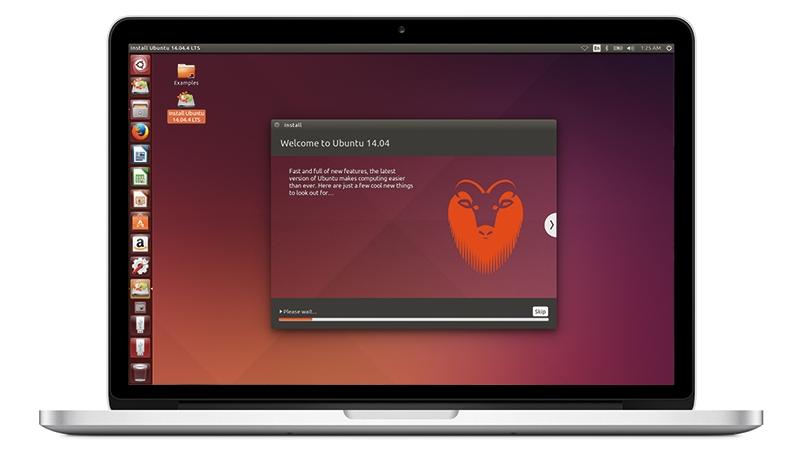

You need to keep the hdX part, but go through all the gptY options looking for a /boot/grub directory. The result from the last step has two parts: (hdX,gptY). Now, find the partition which contains your user's home directory. You may not get exactly the same results as this, but you’ll have some similar options. Instead, press C to bring up the GRUB console. When you see the GRUB boot menu, don't select any of the entries. If you’re using the desktop installer, hold the shift key to bring up the GRUB bootloader menu.

– This will requires some serious typing, but after having booted this way we'll be ready to set up automatic boot in the next step. In this step we'll instruct GRUB on the Live USB too boot off of your newly installed Ubuntu on the hard drive. Boot Manually from Your Hard DriveĪt this point the system is unbootable because the Mac bootloader expects the EFI partition to be formatted as HFS+, the typical Mac filesystem, while the Ubuntu installer actually formats it as VFAT. If not, try holding the power button to force the power off, and then follow the USB booting instructions to bring it up. If you insert the installer USB now, it should boot.

Install Ubuntu using the Erase and use Entire Disk option.įirstly, when you reboot/power on your Mac, you will see the grey screen of the Mac bootloader for about 30s, and then a gently flashing folder with a '?' inside. The trick to booting from USB on Macs is to hold down the option key as soon as you power on the device. NOTE - Do NOT use the +mac version since it does not support EFI boot. UNetbootin is recommended since it is cross plaform and provides a Graphical User Interface (GUI).

Refer to this page for detailed instructions. You may wish to create a recovery disk so that you may restore OSX at a later date, if required. Please make sure to backup your system before proceeding. This process will wipe OS X and any other data you have on the machine.


 0 kommentar(er)
0 kommentar(er)
